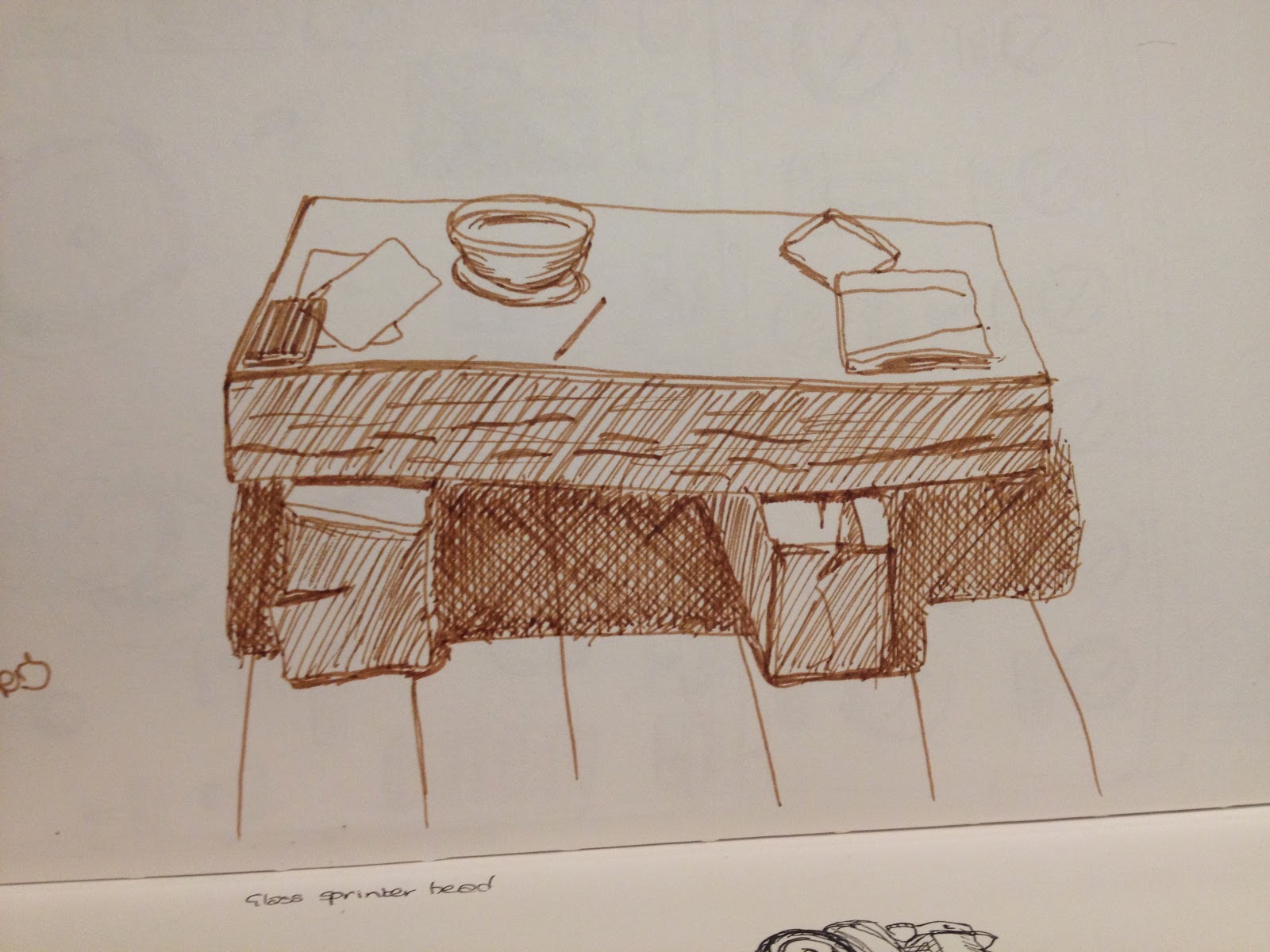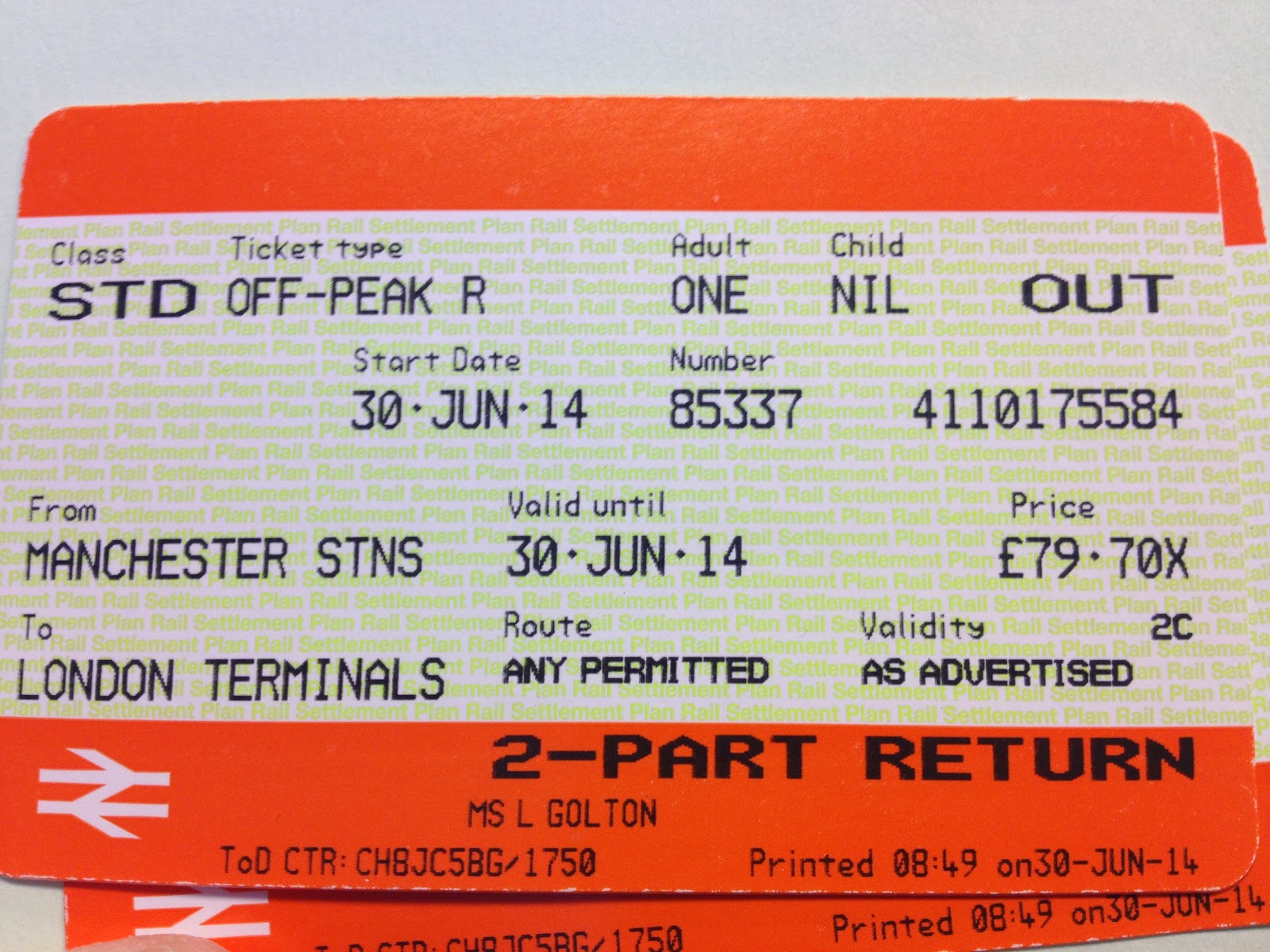A question on facebook recently about what sketchers get from
drawing by artist and teacher Roisin Cure really
got me thinking. I was actually already thinking about it but it got me
even more thoughtful about certain experiences that have developed my
approach, be it, a book (Drawing on the Right side of the Brain by Betty Edwards comes to mind), a course (Sketchbook Skool comes
to mind) or a group (Urban Sketchers, particularly Urban Sketchers
Manchester comes to mind). I have been starting to consider the
great things about what it means to me to scribble and how it has changed my
perception of the world around me. It may sound a little far fetched to say ‘it
has changed my life’ but I certainly believe that drawing/sketching/making art
has a huge amount to offer and really does change my perception and
understanding of what’s around me. From listening to and reading about
others, this certainly doesn’t seem to be an usual response either, others
are equally enriched by the process. On reflection, here, in nutshell (or
should I say in a very small sketchbook!) are the things I see as benefits for
me, at this moment in time:
The process of sketching
helps calm my mind and focus my attention
I often have difficulty on keeping my attention focused upon one
thing and this creates stress and
anxiety. I flit from one thing to another and
this compounds my ability to concentrate, creating a somewhat nervous
disposition. To be honest, its something I have come to live with and
over the years, it seems to have worsened. Through sketching, I am able
to just focus on the drawing, nothing else. It calms my mind and enables me to
relax. I become completely absorbed in the drawing and the process, giving me
valuable ‘time out’. I have not found anything else that is able to do
that!
It enables development of
a much better awareness of the world around me and a deeper understanding of
the places I live and visit
Since becoming a member of the Urban Sketcher community,
going out and about, particularly in Manchester with Urban Sketchers Manchester and beyond, I have developed a greater awareness and interest
in the city I live in: from the new modern skyscrapers to the old Mills and
other stunning historic buildings; their colours, textures, scale, detail. The
same applies when I visit other places. Through the drawing, I am able to
unpeel some of the physical layers and develop a better understanding of the
place. This is an ongoing process of understanding and revealing! What
fun! I am aware of more of the dynamics of the place, the festivals,
events, traditions. It makes for a much richer experience and helps with
feelings of belonging, helping connect me with others, be it through social
media or other means. When standing outside, people may come up and chat,
either about the process of drawing or about the place. It all adds to
the experience and the ‘Sense of Place’.

It provides me with a
record and therefore a clearer memory of an experience, a visit etc.
Recording visits and trips in the form of a scribble, provides
sketchbooks to revisit and remember-to recall ‘that time when I was drawing
that’. Through drawing, I have to study the place/the person/the location so
much more than I would usually do. I have to stand/sit and look and look. It
etches it on my mind and provides a richer, more vivid memory. This is
where the reportage comes into its own in a sketchbook. The notes
accompanying a scribble provide valuable clues and dimension-I need to get
better and creating these diverse and richer pages of narrative in my book!
Here are my scribbles from last year’s trip to Wales. I remember it
all the better for the scribbles!
It enables me to
see the extraordinary in the ordinary Even the most simplistic of everyday
scenes have a depth, substance and interest when looked at carefully, with more
than a cursery glance! This narrative develops the more you scribble and
draw. It provides you with a visual clarity, a fascination, a better
pair of glasses! Even the most supposedly ordinary of places and
things, train stations, street furniture, queues are the most fascinating when
you look carefully!
Sketching enables
connection with like-minded people
Through the drawing groups I belong to where I live and also on
line. This type of support is great because it provides friendship and a forum
for dialogue and development of understanding. It’s a richer and more
fulfilling way of living! In addition, through sharing these drawings on-line,
it enables engagement with others that may have some connection with the
drawing, be-it a memory or sentiment about the place or an understanding of its
significance or history. This Cooperative building in Pendleton,
Manchester is a good example. The Manchester Tour Guides
posted a picture on social media and it prompted dialogue about the building,
its history and me to go out and draw it!
Sketching gives me a
voice and allows me to express my views of the world through a visual diary
Of course, there are lots of ways of expressing yourself, but I
find drawing to be a great way of self-expression. Through the recording in
sketchbooks, adding notes and other memorabilia I have a record of that time
and place and of my ‘take’ on the scene. It is mine and mine alone, my visual
signature. You only have to attend an urban sketching session to see the
variety of ways in which a scene can be seen!
Finally of course and perhaps this was the main driver in the
first place:
Through regular practice,
sketching enables me to develop my drawing skills and improve my artwork It
is a slow and continuous process but also one where progress is clearly
noticeable as time passes. Over time, my ability to see, and to tap into ‘The
Right side of the brain’, continues to improve!
You can check out more of my scribbling practice on my blog: www.scribblemystreet.wordpress.com
Best wishes and thanks for reading
Liz













